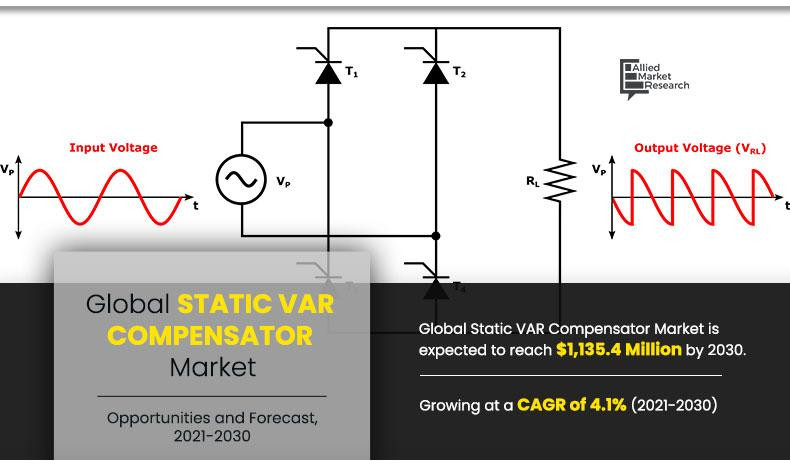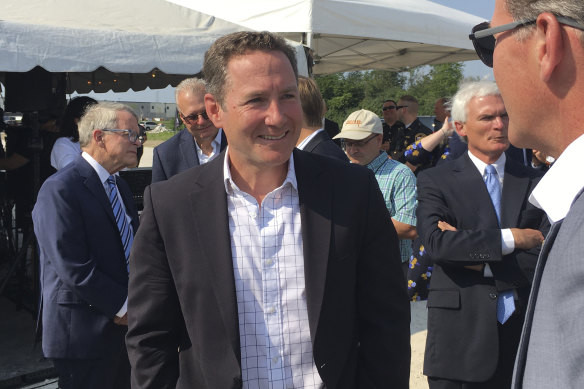Intel CEO Pat Gelsinger's Shock Resignation: What Happens Next?
Intel Corporation announced on December 2nd, 2024, that CEO Pat Gelsinger had resigned from the company and stepped down from the board of directors, effective December 1st, 2024. This unexpected news sent shockwaves through the tech world, leaving many wondering about the future of the once-dominant chipmaker.
Gelsinger's Tumultuous Tenure
Gelsinger's return to Intel as CEO in February 2021 was met with optimism. He was tasked with revitalizing the company, which was facing stiff competition, production delays, and the departure of key talent. However, his tenure was marked by significant challenges. Intel's stock plunged by 61% during his leadership, a stark contrast to the soaring success of its rival, Nvidia. The company's failure to capitalize on the AI boom, a critical technological shift, further exacerbated its struggles. The announcement of 15% staff layoffs in August 2024, part of a $10 billion cost-cutting initiative, underscored the severity of the situation.
The AI Revolution and Nvidia's Rise
The rise of artificial intelligence significantly impacted Intel's trajectory. The launch of OpenAI's ChatGPT in 2022 marked a turning point, catapulting Nvidia to unprecedented heights. Nvidia's focus on GPUs, ideal for the computationally intensive tasks of AI, saw its market value skyrocket to $3.4 trillion, dwarfing Intel's $104 billion valuation—a 33-fold difference. This stark contrast highlights Intel's failure to adapt and compete effectively in the evolving landscape of the technology market.
Leadership Transition and Uncertain Future
Following Gelsinger's departure, Intel appointed David Zinsner, the chief financial officer, and Michelle (MJ) Johnston Holthaus, general manager of the client computing group, as interim co-CEOs. Holthaus has also been appointed as the newly-created CEO of Intel Products, which will oversee the data center and AI efforts. Frank Yeary, the independent board chair, took on the role of interim executive chair. The board has initiated a search for a permanent CEO, a crucial step in determining the direction of the company.
Challenges Ahead
Intel faces numerous challenges, including restoring investor confidence, strengthening its product portfolio, streamlining operations, and advancing its manufacturing capabilities. The company's transition to a foundry model, manufacturing processors for competitors, poses significant risks but is also crucial for its future growth. However, this ambitious transition has been hampered by delays, leading to a reduction in the CHIPS Act funding from $8.5 billion to $7.86 billion. The company also faced a lukewarm reception to its new Arc GPUs and the 9 200S-series processors which failed to launch as planned.
The Legacy of Pat Gelsinger and What's Next for Intel
Despite the setbacks, Gelsinger's tenure saw some progress in regaining manufacturing competitiveness and building foundry capabilities. Intel's long-term strategy to produce its own high-end chips is a crucial component of efforts by the Biden administration to revitalize American chip production. However, the recent difficulties at Intel have sparked renewed questions about the possibility of a potential takeover by a rival, like Qualcomm, though that potential deal appears less likely now.
Gelsinger's departure marks the end of a significant chapter in Intel's history. His legacy will be complex, characterized by both achievements and significant shortfalls. The choice for a permanent CEO will be critical, shaping Intel's response to current market challenges. Intel must overcome its past missteps to regain its position as a leading technology innovator. The company's future remains uncertain, but the immediate focus will be on stabilizing operations and executing its strategic goals and rebuilding its image and investor confidence.
The path forward for Intel demands bold decisions and strong leadership. The board's selection of a new CEO, their strategic focus, and execution will determine whether the company can successfully navigate these challenges and return to profitability and prominence in the global chip market. The future is still unwritten, but the story of Intel is far from over. Its future trajectory remains to be seen, depending on the effectiveness of its leadership, its innovation capabilities, and its ability to adapt to the ever-changing demands of the tech industry. The company’s next steps will be closely watched by investors and industry analysts alike. The coming months and years will be decisive in determining if Intel can overcome its current challenges and forge a path toward a stronger, more resilient future.

















